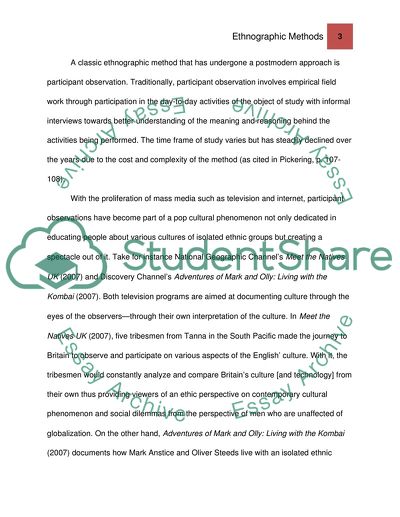Cite this document
(Qualitative Method and Cultural Studies Case Study, n.d.)
Qualitative Method and Cultural Studies Case Study. Retrieved from https://studentshare.org/culture/1569454-critically-discuss-how-one-method-in-media-and-cultural-studies-presented-in-term-2-of-the-module-has-been-applied-to-an-aspect-of-everyday-life
Qualitative Method and Cultural Studies Case Study. Retrieved from https://studentshare.org/culture/1569454-critically-discuss-how-one-method-in-media-and-cultural-studies-presented-in-term-2-of-the-module-has-been-applied-to-an-aspect-of-everyday-life
(Qualitative Method and Cultural Studies Case Study)
Qualitative Method and Cultural Studies Case Study. https://studentshare.org/culture/1569454-critically-discuss-how-one-method-in-media-and-cultural-studies-presented-in-term-2-of-the-module-has-been-applied-to-an-aspect-of-everyday-life.
Qualitative Method and Cultural Studies Case Study. https://studentshare.org/culture/1569454-critically-discuss-how-one-method-in-media-and-cultural-studies-presented-in-term-2-of-the-module-has-been-applied-to-an-aspect-of-everyday-life.
“Qualitative Method and Cultural Studies Case Study”. https://studentshare.org/culture/1569454-critically-discuss-how-one-method-in-media-and-cultural-studies-presented-in-term-2-of-the-module-has-been-applied-to-an-aspect-of-everyday-life.


